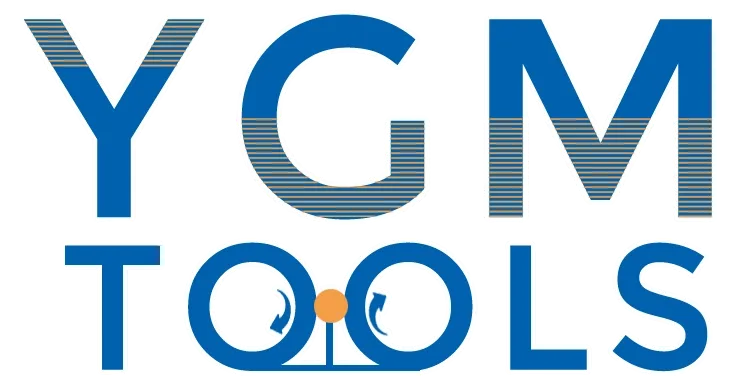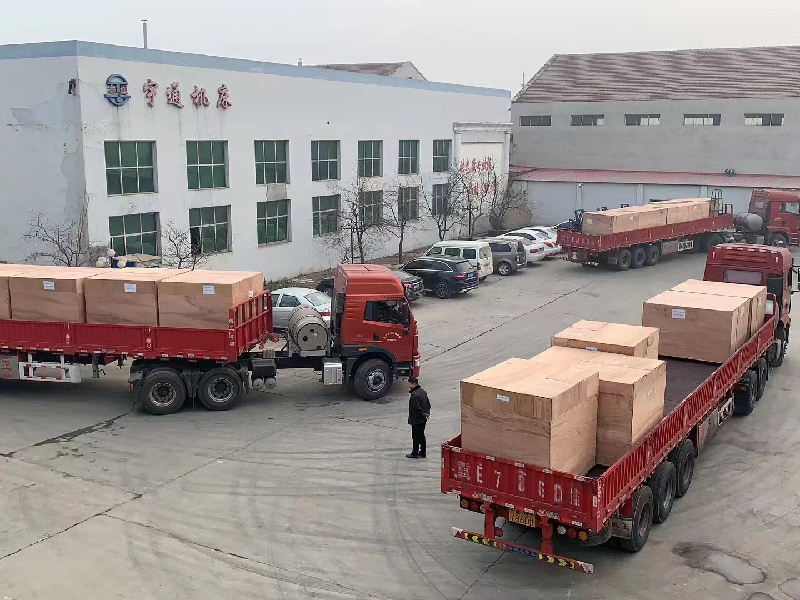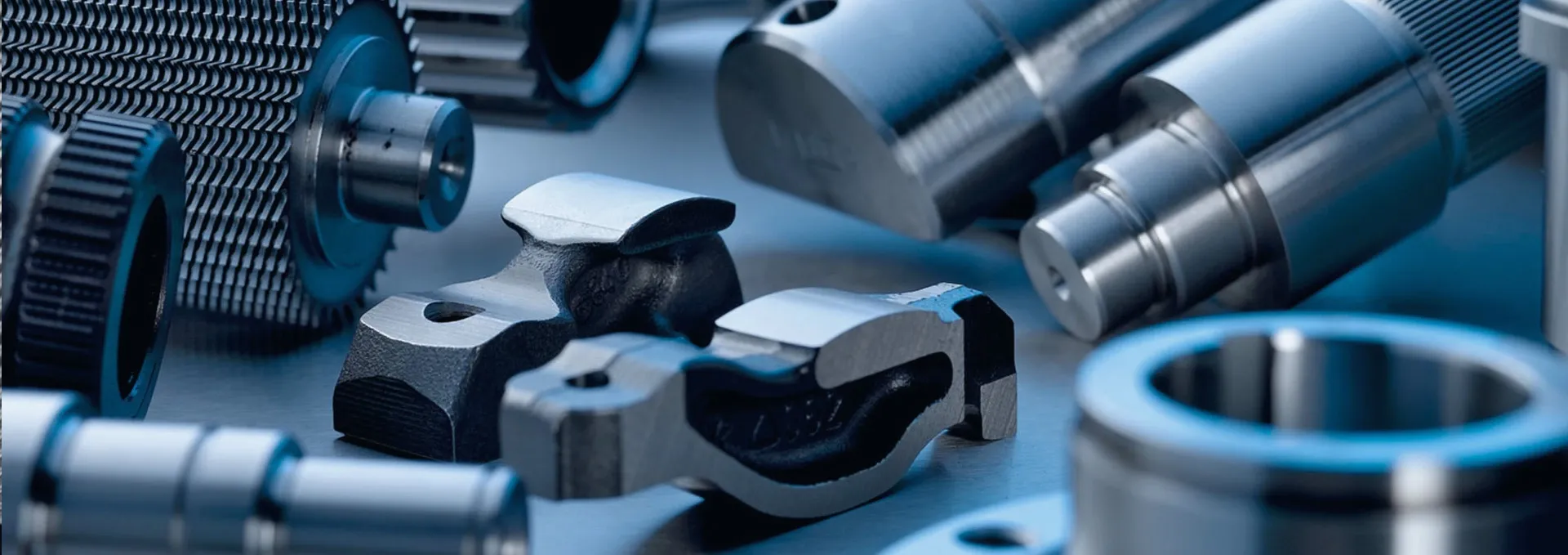
-
 Afrikaans
Afrikaans -
 Albanian
Albanian -
 Amharic
Amharic -
 Arabic
Arabic -
 Armenian
Armenian -
 Azerbaijani
Azerbaijani -
 Basque
Basque -
 Belarusian
Belarusian -
 Bengali
Bengali -
 Bosnian
Bosnian -
 Bulgarian
Bulgarian -
 Catalan
Catalan -
 Cebuano
Cebuano -
 Corsican
Corsican -
 Croatian
Croatian -
 Czech
Czech -
 Danish
Danish -
 Dutch
Dutch -
 English
English -
 Esperanto
Esperanto -
 Estonian
Estonian -
 Finnish
Finnish -
 French
French -
 Frisian
Frisian -
 Galician
Galician -
 Georgian
Georgian -
 German
German -
 Greek
Greek -
 Gujarati
Gujarati -
 Haitian Creole
Haitian Creole -
 hausa
hausa -
 hawaiian
hawaiian -
 Hebrew
Hebrew -
 Hindi
Hindi -
 Miao
Miao -
 Hungarian
Hungarian -
 Icelandic
Icelandic -
 igbo
igbo -
 Indonesian
Indonesian -
 irish
irish -
 Italian
Italian -
 Japanese
Japanese -
 Javanese
Javanese -
 Kannada
Kannada -
 kazakh
kazakh -
 Khmer
Khmer -
 Rwandese
Rwandese -
 Korean
Korean -
 Kurdish
Kurdish -
 Kyrgyz
Kyrgyz -
 Lao
Lao -
 Latin
Latin -
 Latvian
Latvian -
 Lithuanian
Lithuanian -
 Luxembourgish
Luxembourgish -
 Macedonian
Macedonian -
 Malgashi
Malgashi -
 Malay
Malay -
 Malayalam
Malayalam -
 Maltese
Maltese -
 Maori
Maori -
 Marathi
Marathi -
 Mongolian
Mongolian -
 Myanmar
Myanmar -
 Nepali
Nepali -
 Norwegian
Norwegian -
 Norwegian
Norwegian -
 Occitan
Occitan -
 Pashto
Pashto -
 Persian
Persian -
 Polish
Polish -
 Portuguese
Portuguese -
 Punjabi
Punjabi -
 Romanian
Romanian -
 Russian
Russian -
 Samoan
Samoan -
 Scottish Gaelic
Scottish Gaelic -
 Serbian
Serbian -
 Sesotho
Sesotho -
 Shona
Shona -
 Sindhi
Sindhi -
 Sinhala
Sinhala -
 Slovak
Slovak -
 Slovenian
Slovenian -
 Somali
Somali -
 Spanish
Spanish -
 Sundanese
Sundanese -
 Swahili
Swahili -
 Swedish
Swedish -
 Tagalog
Tagalog -
 Tajik
Tajik -
 Tamil
Tamil -
 Tatar
Tatar -
 Telugu
Telugu -
 Thai
Thai -
 Turkish
Turkish -
 Turkmen
Turkmen -
 Ukrainian
Ukrainian -
 Urdu
Urdu -
 Uighur
Uighur -
 Uzbek
Uzbek -
 Vietnamese
Vietnamese -
 Welsh
Welsh -
 Bantu
Bantu -
 Yiddish
Yiddish -
 Yoruba
Yoruba -
 Zulu
Zulu
High-Performance Thread Rolling Machines for Precision Manufacturing
The Working Principles of Thread Rolling Machines
Thread rolling machines are specialized tools used in the manufacturing industry to create threaded components by cold forming. This process is essential for producing high-strength threads with precise dimensions, which are crucial in various applications, including automotive, aerospace, and construction. Understanding the working principles of thread rolling machines is key for manufacturers looking to enhance production efficiency and product quality.
The Working Principles of Thread Rolling Machines
The machine consists of several primary components, including two parallel rollers and a workpiece holder. The rollers are designed with specific thread profiles that match the desired thread specifications. When the workpiece is fed between the rollers, the rollers rotate around their axes, applying pressure that deforms the material without removing any excess metal. This cold-forming technique not only enhances the strength of the threads but also improves surface finish, reducing the need for additional machining processes.
thread rolling machine working

The key to the effectiveness of a thread rolling machine lies in its setup and operation. The alignment of the rollers, the pressure applied, and the speed of the machine must be meticulously controlled to ensure that the threads are formed accurately. Manufacturers often rely on computer numerical control (CNC) technology for precise adjustments, enabling them to produce threads with tight tolerances consistently.
One of the significant advantages of using thread rolling machines is the material efficiency they offer. Since the process relies on deformation rather than cutting, there is minimal waste generated. This aspect not only reduces raw material costs but also supports sustainability initiatives by lessening the environmental impact of manufacturing operations.
Moreover, the cold forming process results in improved mechanical properties. The grain structure of the metal is refined during the rolling process, leading to enhanced tensile strength and fatigue resistance in the finished product. These characteristics are particularly beneficial in applications where components must withstand extreme conditions or heavy loads.
In summary, thread rolling machines play a vital role in modern manufacturing by providing a method for producing high-strength, precise threaded components efficiently. As technology advances, the integration of automation and CNC systems continues to enhance the capabilities and applications of these machines. By adopting thread rolling as a manufacturing process, companies can achieve better product quality while reducing costs and environmental impact, making it an essential technique in the competitive landscape of industry today.
